A classic lush corner sofa is not the right choice for every living room. But what is there to consider?
As you wander through the furniture show, you’ll notice expansive views of seating. However, this type of living room furniture may not suit you, your personal lifestyle, and your style. It’s good that there are other options too.
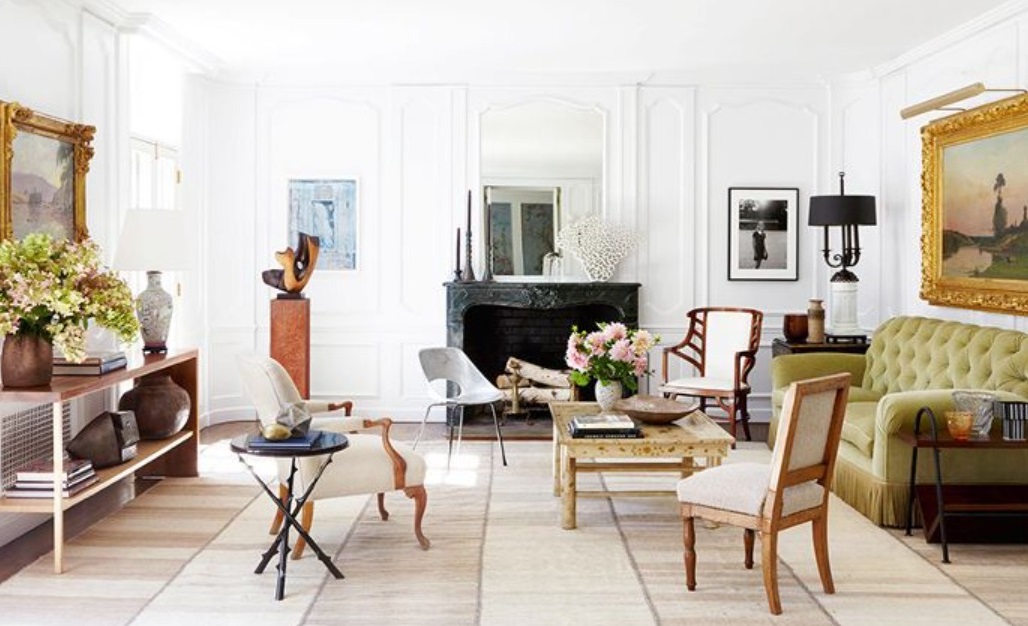
Classics in the living room:
A sofa that is usually quite spacious (often a corner sofa, also L-shaped with a comfortable back and corners) is directly opposite the television. This is what many living rooms look like and that’s not necessarily a bad thing. However, this design does not suit everyone’s lifestyle. Eight alternatives:
-
Loosened up: A mix of sofas, armchairs and chairs
Who exactly says that everything must always be made from the same mold – that is, from the same furniture series? You can also place various armchairs and chairs next to the sofa. It looks very nice if they have connecting elements. In this case from Lange Geller Kuehl Interiors, the cover is black.
-
Combined with dining room: kitchen sofa
Very communicative and a good idea if living and eating take place in one room. As long as the sofa has an appropriate seating height, these two aspects can be combined in this comfortable place.
-
Elegant sofa replacement: daybed and ottoman
Primarily intended for relaxing alone, such seating furniture can be quickly converted into a sofa with a few large pillows when guests arrive.
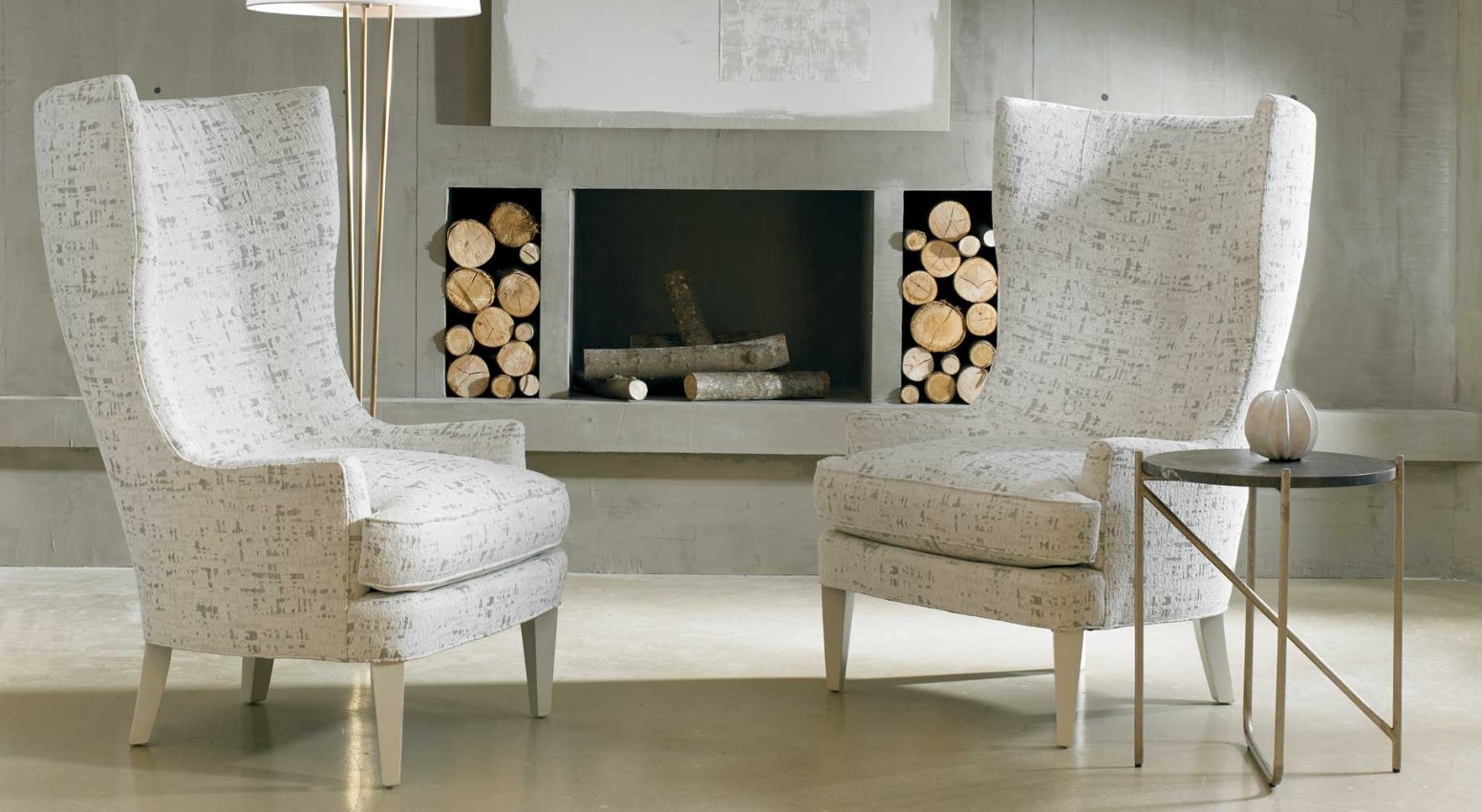
-
Comfortable duo: wing chair
If you usually only use the living room for two people, you may not need a sofa at all. Interior designer Juana Fritsch of raumkonzepte thinks that two comfortable armchairs for reading or watching TV could be much more practical. This provides space to store more important items.
-
For relaxing: XXL armchair
Pure comfort! You can make yourself comfortable alone (or with your partner) in the XXL armchair (Ease by Paola Lenti). And if guests come to visit, a comfortable dining room for gathering may be a wiser alternative to a plush couch area.
-
Moving: rocking chair
There’s nothing more relaxing than a relaxing shake. Add your favorite music or a good book – voila, welcome to your private space and retreat!
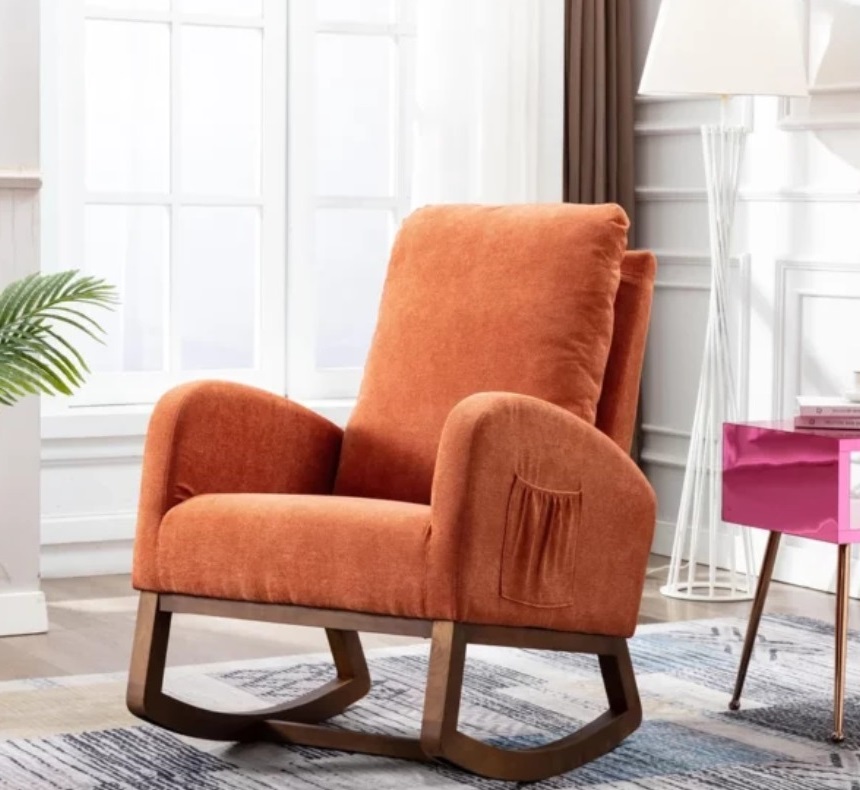
-
Life: rocking sofa
Gone are the days when Hollywood swings with colorful flowers and upholstery were only meant for the garden. This elegant piece of furniture shows that there is another way! A “free hanging sofa” definitely invites you to spend time relaxing.
-
Beautiful view: window sill
Do you have large windows with beautiful views? Then please don’t put the sofa in front of it! Much nicer are custom-made benches with lots of cushions and cushions where you can spend hours in comfort.
What ideas can you imagine as a replacement for a sofa?
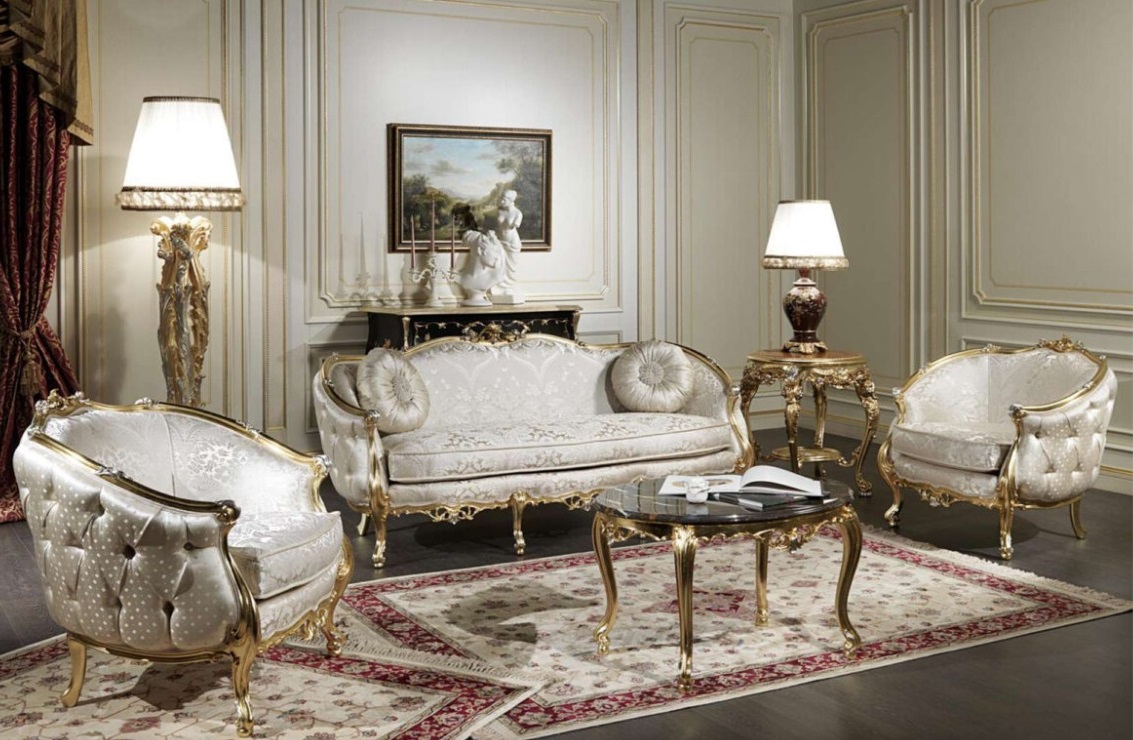
Timeless and Irreplaceable Luxury: The Classic Sofa in Your Living Room
The heart of every home is the living room, and how you furnish it can create a cozy ambiance and leave a lasting impression on every visitor. An intriguing choice to introduce an element of enduring and unparalleled luxury is by incorporating a classic sofa. Classic sofas are renowned for their captivating and sophisticated designs. Graceful lines, intricate hand carvings, and impeccable proportions give the sofa a unique charm. This design ensures that the sofa not only serves as a seating area, but also functions as a piece of art that exudes a luxurious and timeless appeal.
The materials utilized in crafting classic sofas typically consist of high-quality materials such as leather or luxurious fabrics. Emphasis is placed on sustainability and durability, ensuring that classic sofas not only offer exceptional aesthetics but also unparalleled comfort.
Sofas have become a pivotal aspect of room design. When designing a room, careful consideration must be given to the selection of interior elements. Choosing the appropriate interior design is crucial, as selecting the wrong style can significantly impact the aesthetic value of the room’s concept.
This holds true when choosing a sofa that aligns with a room’s aesthetic. If your room incorporates a classic concept underscored by an elegant and opulent ambiance, opting for a classic sofa design is most suitable. The classic design epitomizes luxury and sophistication, evident in its high aesthetic value and luxurious impression.
Placing a classic sofa in a room designed with a classic concept is undeniably the most fitting choice. This sofa model shares the same characteristics as classic room designs, emphasizing a luxurious and opulent concept and crafted from top-notch materials, further enhancing its luxurious appeal.
This type of sofa can be crafted using leather, a material of premium quality compared to other sofa materials such as faux leather, velvet, or fabric. However, if you opt to create a classic sofa using alternative materials, you can still select colors and patterns that harmonize with your room, ensuring that the chosen sofa complements your room’s design.
Sophisticated and Versatile Color Palette
Classic sofas are available in a range of elegant and versatile colors. Neutral tones like cream, dark brown, or maroon often stand out as popular choices, imparting an elegant touch and seamlessly blending with other decor. Thoughtful color selection also ensures that the sofa maintains a timeless allure.
Timeless Elegance in Your Home
The classic sofa design introduces a timeless aesthetic that transforms the ambiance of your living room. The refined design and meticulous details create a striking impression for anyone who beholds it. Classic sofas also evoke a lavish sense of sophistication, elevating the room’s overall glamour. By opting for a classic sofa design, you can infuse your home with a distinct and unique ambiance.
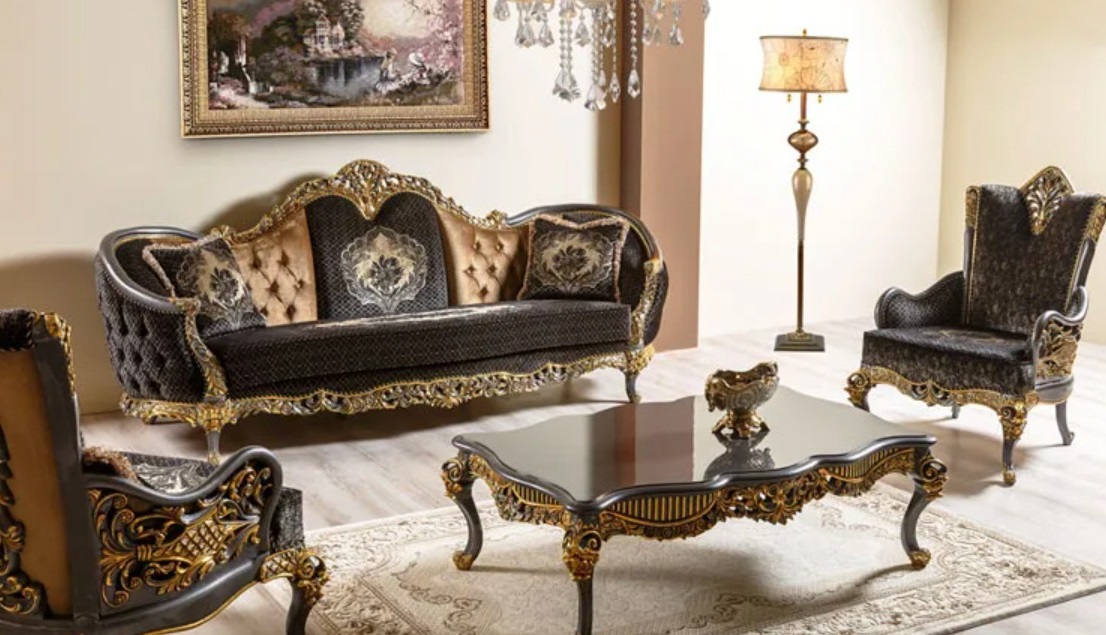
Long-Lasting and Superior Quality
Selecting a classic sofa design boasts the significant advantage of remarkable durability. Classic sofas are typically constructed from robust, high-quality materials such as solid wood and genuine leather. Meticulous craftsmanship and a sturdy design ensure that classic sofas can withstand the test of time without succumbing to wear and tear. Therefore, you can rest assured that your sofa will remain resilient even with daily use.
Classic vs. Contemporary Furniture: What Makes Them Different?
If you’re considering revamping your home decor but are uncertain about the distinctions between classic and contemporary furniture, understanding the differences between these two styles can help you make well-informed decisions when choosing furniture that complements your personal style and the overall look of your space. Classic furniture encompasses designs inspired by historical periods, known for their timeless sophistication and intricate details. On the other hand, contemporary furniture embraces the present, featuring sleek lines, minimalist forms, and innovative materials.
This guide will explore the characteristics of both traditional and modern furniture, examining their design, organic components, construction materials, and overall visual appeal. Whether you lean towards the traditional charm of classic furniture or are drawn to the clean, modern appearance of contemporary pieces, this article will equip you with the knowledge to make informed decisions for your home.
So, let’s explore the world of classic and contemporary furniture and find the style that resonates with you.
A Concise History of Classic and Contemporary Furniture
The history of classic and contemporary design has roots in the past but is continuously evolving. Classic furniture dominated the late 1800s and early 1900s, when modern design was just emerging. This furniture often featured intricate detailing and was crafted from high-quality materials. Contemporary design gained prominence in interior design during the mid-20th century. It boasted a sleek, minimalist look with a focus on modern materials.
Today, modern furniture style combines classic and contemporary elements, often drawing inspiration from both aesthetics while incorporating new materials and innovative designs. Both classic and contemporary styles remain popular in interior design, each with unique characteristics that can bring vitality to a space. Understanding the differences between these styles will help you make informed choices when furnishing your space.
Understanding Classic Furniture Characteristics
To assist you in making informed decisions, it’s crucial to have a clear grasp of the distinct characteristics of classic furniture.
Now, let’s examine these aspects one by one.
Timeless Design and Aesthetic Appeal
Classic furniture is renowned for its timeless elegance and aesthetic appeal. It is designed to endure and often features intricate details, elaborate carvings, and luxurious fabrics. These pieces are crafted from sumptuous materials like mahogany or walnut wood, leather, and velvet upholstery. Classic furniture tends to be larger and more elaborate than modern furniture, with features like clawfoot tables and tufted headboards.
Utilization of Traditional Materials and Craftsmanship
Classic furniture is distinguished by the use of traditional materials and skilled craftsmanship. These pieces are crafted from premium materials such as wood, leather, and velvet. Classic furniture showcases intricate carvings and detailed embellishments that highlight the craftsmanship of the era.
Elaborate Details and Intricate Carvings
Classic furniture is celebrated for its elaborate details and intricate carvings. These pieces frequently display ornate carvings that reflect the craftsmanship of the time period, as well as decorative elements like claw-foot tables, cabriole legs, and tufted headboards. Classic furniture highlights the utilization of conventional materials like mahogany or walnut wood, leather, and velvet upholstery.
Symmetry and Balance in Design
Symmetry and balance in design are essential traditional elements of classic furniture. Classic pieces often feature symmetrical designs that foster a sense of equilibrium and harmony. This can be observed in the use of wooden panels, end tables, and sofas that incorporate evenly spaced legs or cushions. The emphasis on symmetry allows for a cohesive visual flow throughout the room, creating a unified and aesthetically pleasing space.
Now that we have examined the characteristics of classic furniture styles, let’s turn our attention to contemporary furniture.
Exploring the Characteristics of Modern Furniture
To make an informed decision, it’s important to understand the distinct features of classic furniture.
Let’s examine these points individually.
Sleek and Simple Design
Modern style furniture is known for its sleek and simple design. These pieces typically have clean lines, angular shapes, and a lack of intricate details or ornate carvings.
Utilization of Contemporary Materials and Technology
The use of modern materials and technology is a defining aspect of modern furniture. This style emphasizes the use of materials such as aluminum, plastic, and glass to create a streamlined appearance. Additionally, these pieces often include innovative technologies like touch-sensitive lighting or built-in speakers to enhance the user experience, allowing for a more modern style without compromising comfort or convenience.
Functionality and Utility
Functionality and utility are also crucial elements of modern furniture. This style employs modern materials and innovative technologies to create practical and functional designs that don’t sacrifice comfort or convenience. Additionally, modern furniture often features sleek shapes, promoting an open look and feel.
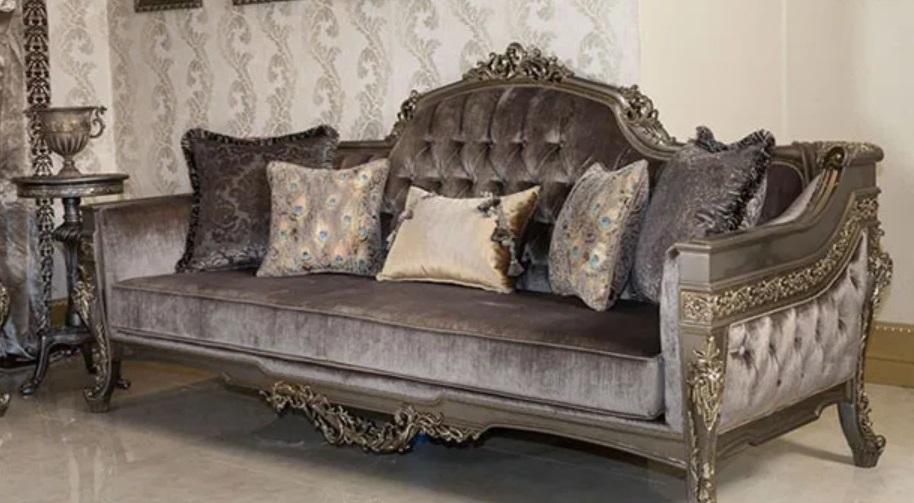
Exploration of Shapes and Forms
Exploration of shapes and forms is a key characteristic of modern furniture. These pieces feature unconventional angles and curves that add visual interest to any room. Furthermore, such experimentation allows for innovative designs that prioritize functionality and practicality while maintaining style.
Now that we’ve explored the features of classic and modern furniture, let’s compare the design styles of each.
Comparison of Classic and Modern Furniture Design Styles
When comparing the design styles of classic and modern furniture, there are several significant differences to take into account.
These include:
Classic furniture: traditional, elegant, and formal
Classic furniture is recognized for its traditional, elegant, and formal design. These pieces often feature intricate carvings and decorative elements.
Classic furniture frequently incorporates traditional natural materials such as mahogany or walnut wood, leather, and velvet upholstery.
Modern furniture: sleek, innovative, and adaptable
Modern furniture is distinguished by its sleek, innovative, and versatile design.
These pieces typically exhibit simple lines and minimal details, contributing to a modern aesthetic.
Modern design utilizes materials like aluminum, plastic, and glass to create stylish and functional furniture.
In addition, these items often incorporate modern technologies such as touch-sensitive lighting or built-in speakers to improve the user experience.
Disparities in Color Palettes and Finishes
In addition to differences in design, there are variations in color palettes and finishes between classic and modern furniture.
Classic furniture typically features more neutral colors like beiges, whites, and grays, contributing to a timeless and sophisticated look.
Furthermore, this style often incorporates rich wood finishes such as mahogany or walnut, adding an element of elegance to any space.
On the other hand, modern furniture usually showcases bold colors such as blues, greens, and yellows, creating a more vibrant and contemporary style.
Additionally, this style often includes high-gloss finishes or metallic accents to achieve a more modern feel.
How classic and modern furniture complement various interior design styles
Both classic and modern furniture can complement different interior design styles.
Classic furniture is suitable for traditional settings that feature a timeless aesthetic, while modern furniture can enhance modern or minimalist designs.
Modern pieces are ideal for contemporary spaces that prioritize minimalism, but they can also introduce a modern touch to traditional designs.
Now that we’ve compared different design styles of classic and modern furniture, it’s time to discuss various factors to consider when choosing between the two.
Combining Classic and Modern Styles in Interior Design
Interior design is about crafting a space that expresses your individual style and character.
For this reason, many homeowners opt to merge classic and modern furnishings to strike the perfect balance between traditional grace and contemporary innovation. By thoughtfully choosing elements from both styles, you can achieve a look that is truly your own. Blending classic and modern furnishings for a distinctive and diverse aesthetic. Mixing classic and modern furniture can yield a unique and diverse look that is certain to make an impression.
By melding traditional pieces, such as vintage chairs or classic coffee tables, with contemporary designs, you can create interior design that fully mirrors your personal style. Additionally, combining both styles can introduce depth and visual appeal to any space. For example, a modern sofa paired with a classic rug, or a contemporary art piece displayed above a classic sideboard.
Utilizing classic furniture as a focal point
Classic furniture is great for making a bold statement in any room. This type of furniture can be used to establish an elegant and timeless aesthetic that will endure. Classic pieces typically showcase intricate carvings and elaborate accents, which serve to capture attention and make a striking statement. Additionally, this style often underscores the use of classic materials like mahogany or walnut wood, leather, and velvet upholstery, adding an extra dash of opulence to any area.
Now that we have covered how classic and modern furniture can be used to craft distinctive interior designs, it is crucial to consider the elements to contemplate when deciding between these styles.
Elements to Contemplate When Selecting Between Classic and Modern Furniture
When deciding between classic and modern furniture, several factors should be considered. These factors include personal style and preferences, compatibility, practicality, and budget.
Let’s delve into each of these.
Style and personal preference
Style and personal preference should be the primary factors when choosing between classic and modern furniture. If you favor a traditional style with an elegant aesthetic, classic furniture may be the ideal choice for you. Conversely, if you seek modern furniture with sleek lines and minimal details, modern furniture is the right choice. Whichever option you choose, ensure that the furniture you select reflects your personal style and preferences.
Fit with existing decor and furnishings
Ensuring a fit with existing decor and furnishings should also be taken into account when choosing between classic and modern furniture. Before making a purchase, consider which other furniture pieces you wish to coordinate with. If you already have a room filled with traditional furniture, classic furniture may suit you better.
On the other hand, if you have modern accents or already own some modern furniture, adding a few more modern pieces can help unify the room.
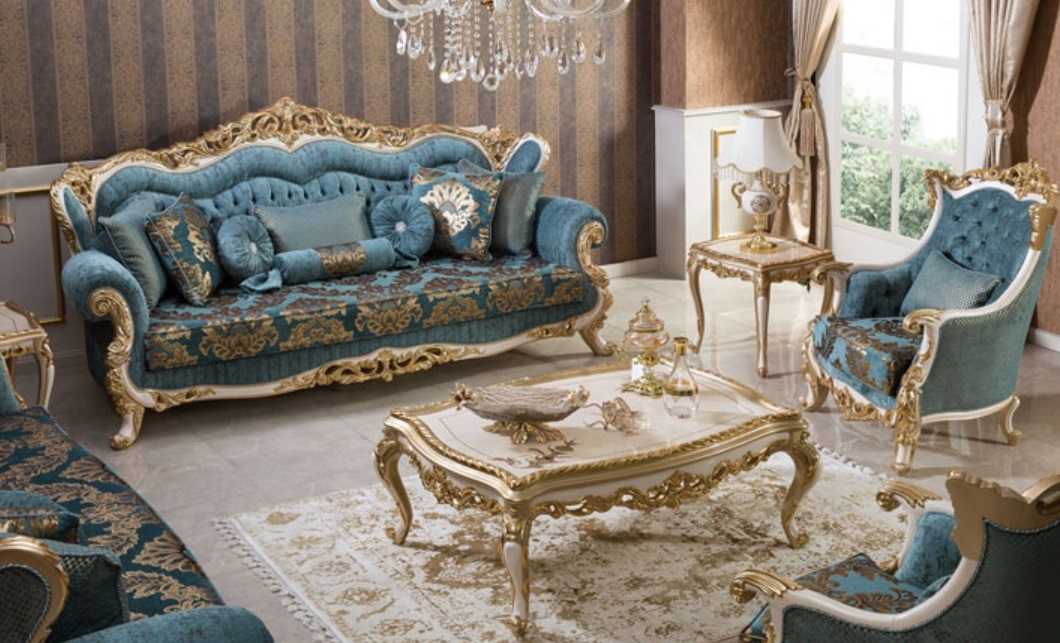
Practicality and functionality for your lifestyle
Practicality and functionality for your lifestyle are other important considerations when choosing between classic and modern furniture. Classic furniture typically features more traditional design elements, such as intricate carvings or detailed accents. This can make it a great choice if you’re looking to add a touch of elegance to your space, but it may require higher maintenance compared to modern furniture.
Modern furniture, on the other hand, typically features a simpler design that is easier to clean and maintain. Consider how much effort you are willing to put into maintaining your furniture before making a purchase.
Budget and long-term investment considerations
Budget and long-term investment should also be taken into account when choosing between classic and modern furniture.
Classic furniture usually requires a higher initial investment but can be a great choice for those who appreciate its timeless style and craftsmanship. This type of cabinetwork can also hold its value over time, making it a logical long- term investment.
Modern furniture is often more budget-friendly but may not have as high a resale value due to its short-term popularity. Consider your budget and long-term investment goals before making a purchase.
So far, we have discussed how both classic and modern furniture can be used to create unique interior designs, as well as factors to consider when choosing between these styles. Ultimately, your choice of style will depend on personal preference and budget considerations.
Regardless of your decision, ensure that the furniture you choose complements your existing decor and furnishings and reflects your lifestyle and needs.